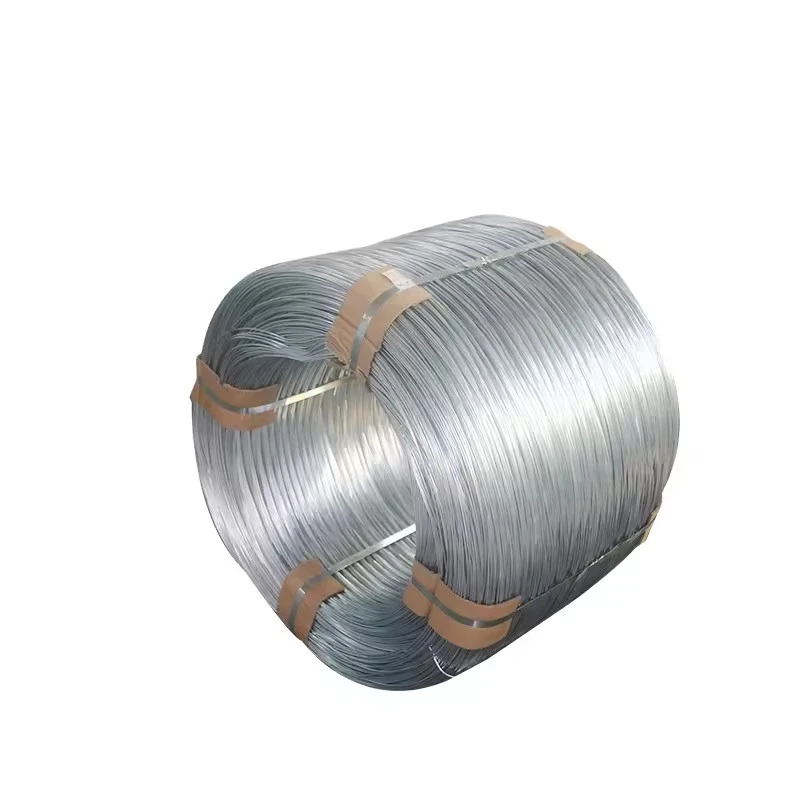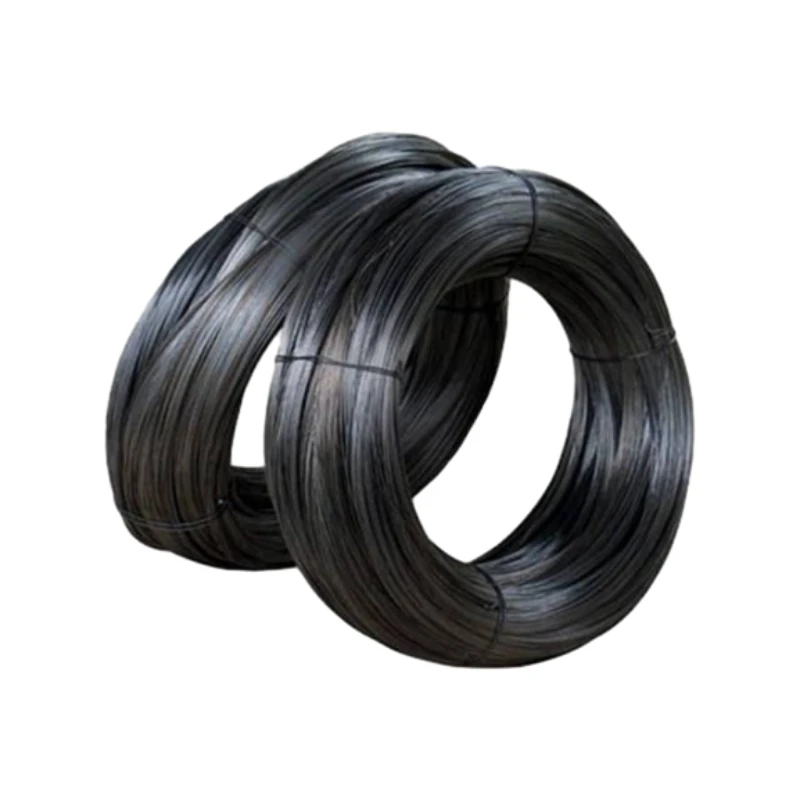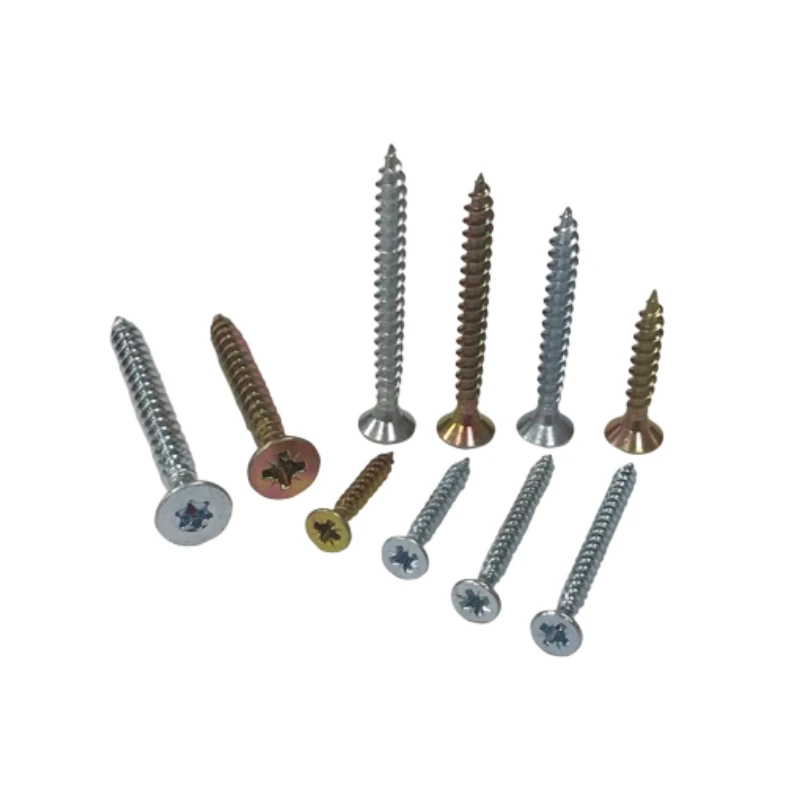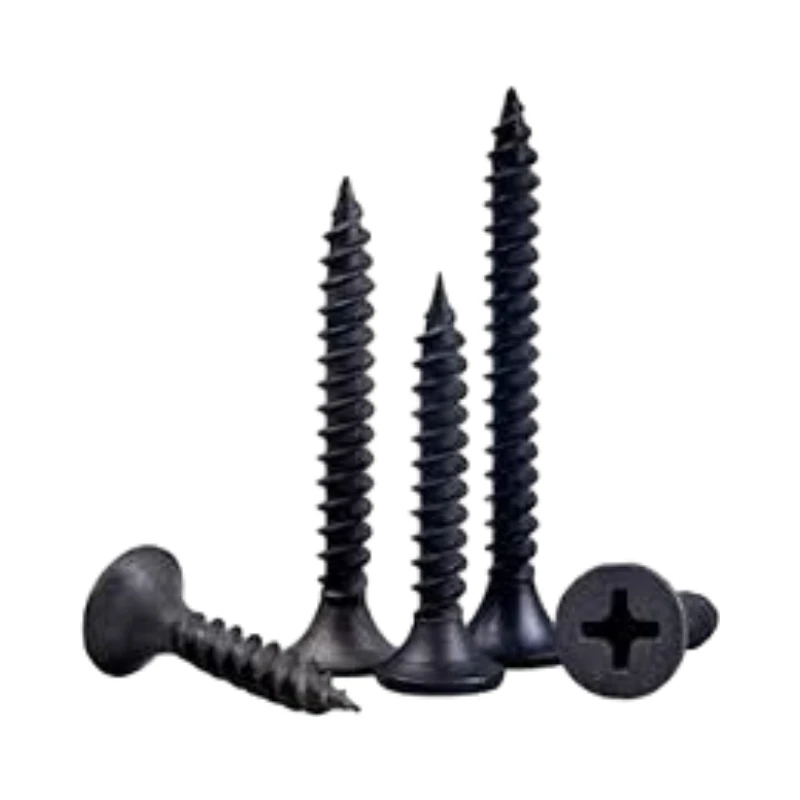
Talk With Us
+86-13601661296
Email Address
admin@sxjbradnail.comFine Thread Drywall Screw: Sharp Point, Strong Grip?
Field Notes on the Fine-Thread Workhorse of Partitioning
If you’ve ever hung board until midnight under a site light (I have, more than once), you know the humble fine thread drywall screw can make or break your day. The model I’ve been seeing a lot on jobs lately is SXJ’s “The Gypsum Plasterboard Screw With Trumpet Shape Head, Fine Thread, Needle Tip And PH Cross Drive,” made in Lixinzhuang Industrial, Dingzhou, Hebei, China. It looks simple; it isn’t.

Why fine thread (and when)?
On metal studs (≈0.5–0.9 mm), a fine thread drywall screw bites cleaner and drives straighter, reducing “jacking” and those infuriating paper blowouts. The trumpet head seats flush without scarring the face—assuming your clutch is set right. For timber, sure, coarse thread still wins. But for acoustic partitions, data centers, and double-layer board on light-gauge steel, fine thread remains the practical choice. Many installers tell me they prefer a true PH2 cross drive that doesn’t cam out when the bit’s a little tired. I get it.

Product snapshot and specs
SXJ offers variants with and without a drill point. Needle tip is quick for light-gauge steel; the self-drilling point helps when studs get thicker or coated. Coatings include black phosphate (classic), zinc, and ceramic options for harsher sites. Real-world use may vary, as always.
| Parameter | Typical Value/Range | Notes |
|---|---|---|
| Diameter × Length | 3.5–4.2 mm × 25–55 mm | Longer sizes for double-layer board |
| Head/Drive | Trumpet, PH2 cross | Consistent seating in gypsum paper |
| Thread/Point | Fine thread; needle or self-drilling | Choose based on stud thickness |
| Material/Hardness | Carbon steel, case-hardened ≈ 560–700 HV | Core tough; shell wear-resistant |
| Coating | Black phosphate, Zn, ceramic | ISO 9227 NSS 48–120 h typical |
| Standards | ASTM C1002; EN 14566 | Project specs may require both |

Process flow and quality checkpoints
- Materials: low-carbon steel wire rod → spheroidize annealing for uniform core.
- Cold heading: trumpet head formed; shank tolerance checked (go/no-go).
- Thread rolling: fine pitch dies; point forming (needle or drill-point).
- Heat treatment: case hardening; microstructure verified (random lot cross-sections).
- Coating: phosphate or Zn/ceramic; salt-spray per ISO 9227 (target 48–120 h).
- Testing: drive/strip torque, pull-out on 0.55–0.75 mm steel, head burst, dimension checks to EN 14566/ASTM C1002.
Service life? Indoors and dry: around 10–25 years. In damp or coastal interiors, specify better corrosion protection or self-drilling with upgraded coating. I’d rather over-spec than revisit a ceiling grid—just saying.
Where it shines
- Gypsum board to light-gauge steel studs
- Acoustic partitions and studio fit-outs
- Hospitals, schools, and clean interiors (with low-dust installation)
- Prefab and modular walls—fast cycle times

Vendor comparison (field-view)
| Vendor | Lead Time | Coating Options | Certs/Standards | Notes |
|---|---|---|---|---|
| SXJ (Dingzhou) | ≈15–30 days | Phosphate/Zn/Ceramic | ASTM C1002, EN 14566 (on request) | Consistent PH2 fit; good lot traceability |
| Generic Importer | Varies | Phosphate | Basic CoC | Price-led; torque variance reported |
| Big-Box House Brand | Immediate (stock) | Phosphate/Zn | Meets local code | Convenient; limited custom runs |
Customization and real-world feedback
Options include head embossing, box/bulk packing, PH2/PZ2 (I still vote PH2), and custom ceramic topcoats for coastal interiors. One contractor told me, “The fine thread drywall screw with ceramic held up in our seaside clinic—no rust freckles.” That’s anecdotal, sure, but echoes what I’ve seen.
Mini case notes
- Acoustic studio: double-layer 12.5 mm on 0.6 mm studs; self-drilling variant cut install time ≈12% vs pilot holes.
- Hospital corridor: black phosphate was swapped to Zn after humidity readings spiked; callbacks disappeared.
Bottom line: pick the fine thread drywall screw to match your stud gauge and interior climate, and don’t skimp on coating when specs hint at moisture. It’s cheaper than a redo.
Authoritative references
-
2 Inch Brad Nails - Precision Fastening for Woodworking & ConstructionNewsNov.24,2025
-
Affordable Quality: Understanding Cheap Brad Nails and Their Global ImpactNewsNov.24,2025
-
Type F Brad Nails: Precision Fasteners for Quality Craftsmanship & IndustryNewsNov.23,2025
-
High-Quality Type 47 Brad Nails for Precision & Durability | SXJ IndustrialNewsNov.23,2025
-
T47 Nail: The Ultimate Guide to Industrial and Construction ApplicationsNewsNov.22,2025
-
Everything You Need to Know About T Head Brad Nails | Global Fastening SolutionsNewsNov.22,2025









